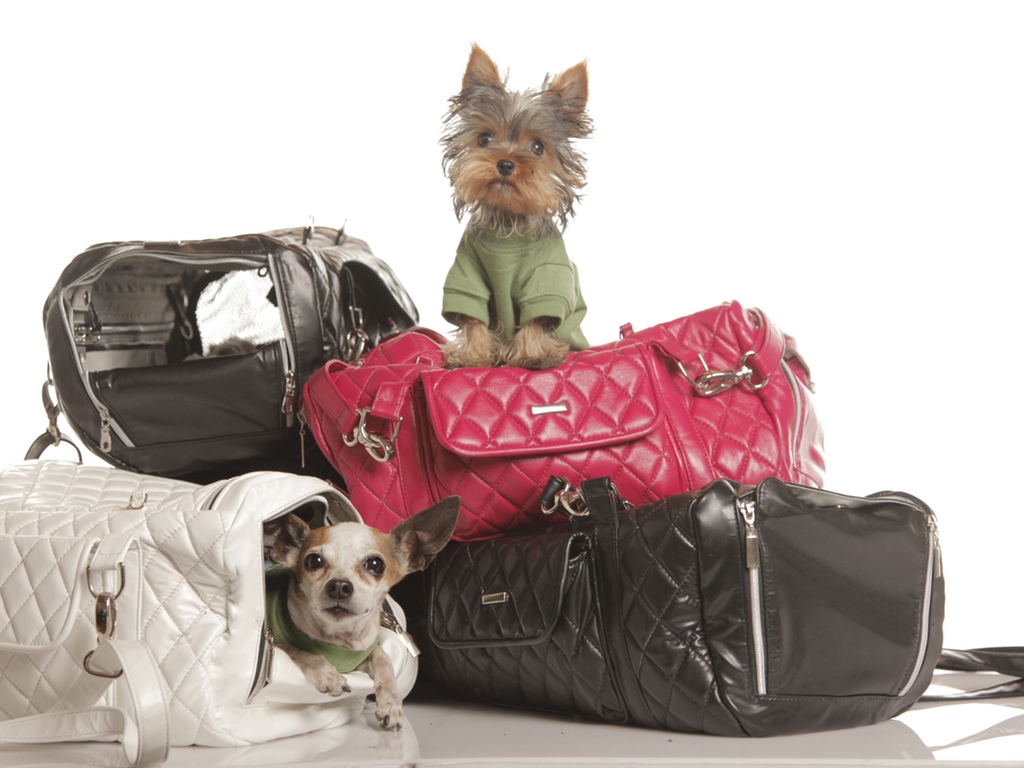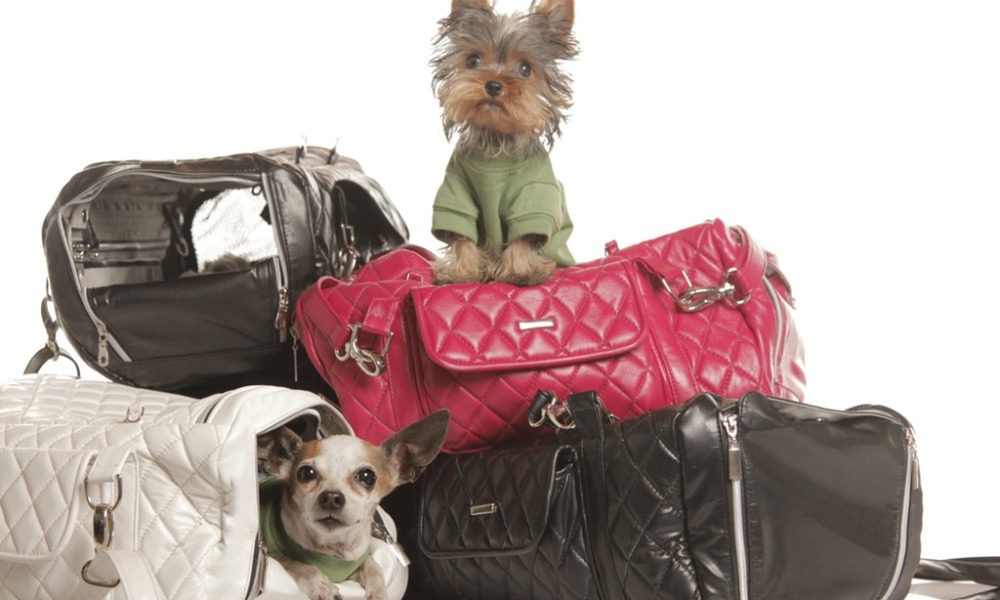Before you travel with your family pet, you should seriously consider whether you want to put your animal through the stress of being away from home. Most dogs and cats don’t like it when you’re gone, but if you can afford a pet-sitter, it might be kinder to leave them in a familiar environment. The reason is that travel can be pretty hard on animals that are used to a specific place and a certain routine. And air travel can be particularly stressful thanks to loud noises, strange people, pressure and temperature changes in the cabin, and more. That said, you might have a dog that loves to accompany the family on road trips. Or you may have no choice but to transport your furry friend to a new home across the country. So here are just a few tips to help make sure the trip is safer for everyone involved.

- Use a pet carrier. Keeping your pet contained during travel is important for a couple of reasons. First and foremost, it ensures that he doesn’t get away from you in a strange place. If he’s scared, he may bolt as soon as you open the car door. Or he might feel threatened and attack someone in a cramped, crowded airport. A carrier will prevent this. Carriers also help to keep pets safer in the event of an auto accident, preventing them from being flung about. And carriers generally make pets feel more secure when in strange locales.
- Know where to put pets. If you’re driving to your destination, it’s best to position your pet in the back seat of the car since an airbag is intended for human passengers and may harm your pet if it deploys. Also, pets can be a distraction to your driving. As for an airplane, small pet carriers that fit under the seat are often allowed (sometimes for a fee). Or you may be able to purchase a seat for a larger pet or carrier. You should never check your pet! While airlines that offer this option make sure the cargo hold is heated and pressurized, the larger issue is the conditions on the ground. Your pet may be subject to extreme outdoor temperatures while waiting to be put on the plane or unloaded. And if your furry friend is routed wrong, he could end up in a strange city without needed food, water, medication, and so on. What if a kind soul tries to give your pet water and he escapes? If you insist on taking your pet on a plane, always keep him with you.
- Plan for rest stops. Many pets are trained to eliminate waste in appropriate locales, but when you travel you need to make sure you provide them. On a long road trip this means making frequent stops, and if you’re flying, you might want to bring along disposable pee pads and materials to clean up after a pet, who may eliminate out of fear. Don’t forget to keep your pet collared, tagged, and on a leash at all times. Chipping is also a good idea. And never, never leave your pet alone in a car.
- Consider whether flying is a risk for your pet. Some pets are at greater risk when it comes to flying, particularly those with pushed-in faces (pugs, Persian cats, and so on). Talk to your vet to find out the risks to your pet before you book your flight.
- Pre-book. If you’re new to traveling with your pet, you may not realize that most hotels are not pet-friendly. If you have a service dog, that’s one thing. But most hotels will not allow the average pet to stay in your room. So plan ahead by pre-booking pet-friendly hotels, like My Second Home Pet Resort, along your route to ensure you won’t find yourself looking for appropriate accommodations when you reach your destination.

